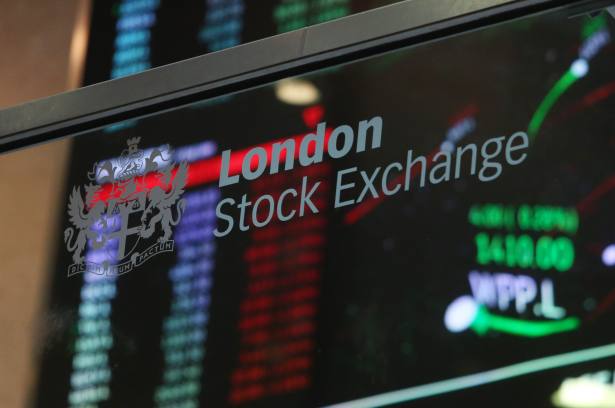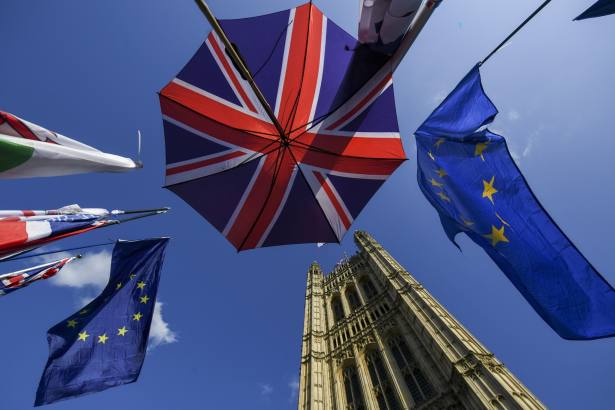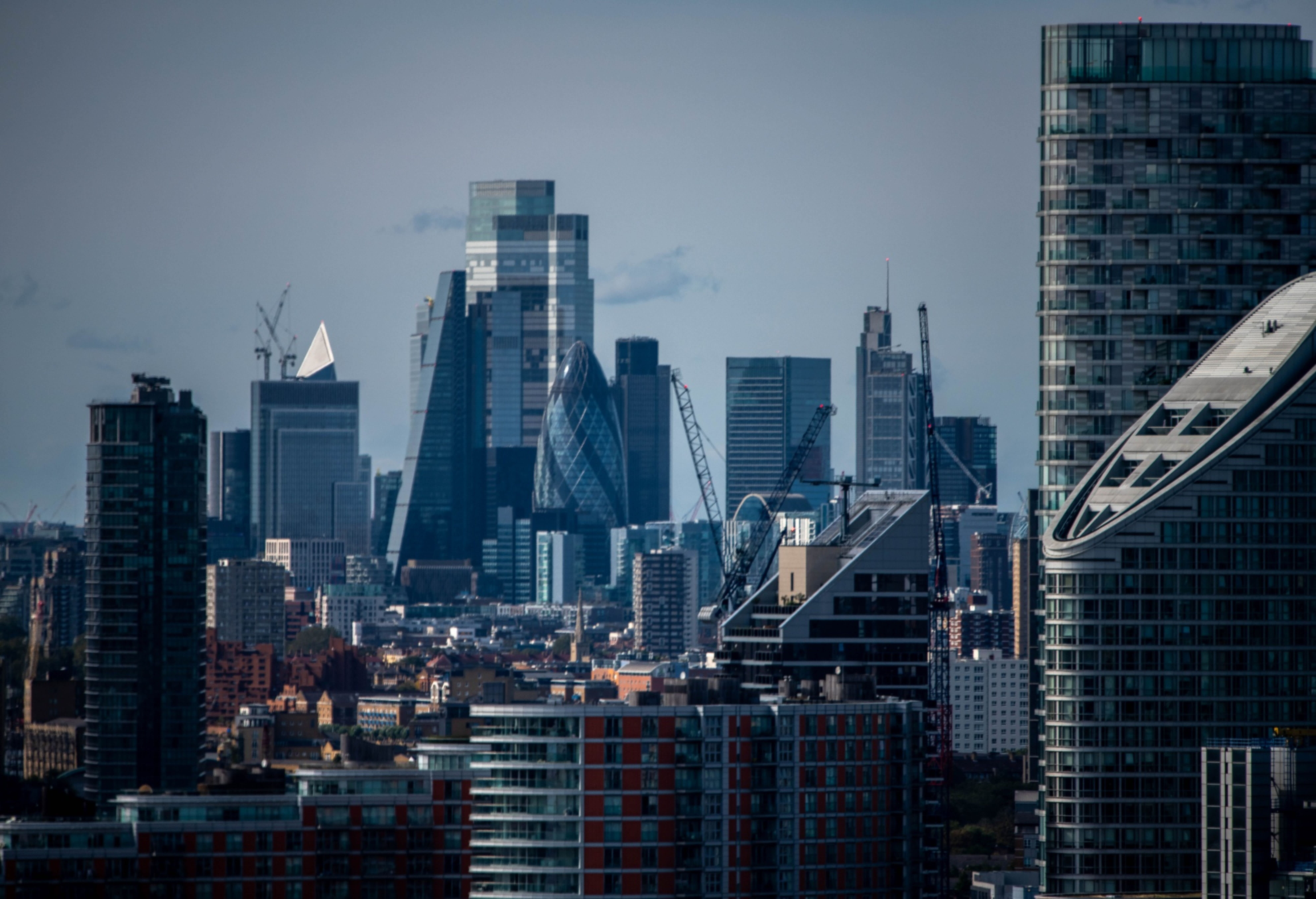
In the past 12 months the market outlook has improved significantly.
The political uncertainty that dogged the UK and US markets for much of 2016 had been removed – until last week’s election announcement, at least – and although the results were not what investors expected, markets have responded positively. This is a reminder to investors that what markets dislike most is the uncertainty. Once that has been removed, investors can refocus on fundamentals.
In 2016 investors became fed up with the same story of austerity and were desperate for a change. They received this. First, Brexit brought in a change of the political landscape. Second, Donald Trump’s election gave a boost to the already growing view that the central banks had achieved as much they could with low interest rates. For the first time since the financial crisis, fiscal stimulus was back on agenda.
The timing was also right and investors responded positively to the change in policy and began to rotate out of defensive slow-growth companies into value and cyclical stocks as they saw a return to normal for US and even the UK economy.
The rotation was quick because the gap between growth and value had grown significantly. Indeed, for smart investors, deep value opportunities presented themselves towards the end of 2015 and the beginning of 2016. Having rallied strongly, these areas offer little appeal today.
There is no doubt certain areas of the market are looking stretched, although on a current price-to-earnings ratio of 14.5 for the FTSE All-Share index, the UK market overall does not look expensive.
If you compare the yield on UK equities (the FTSE All-Share yield is around 4 per cent) to gilts at 1.1 per cent and the base rate of 0.25 per cent, then equities look attractive.
While we may have seen the lows of bond yields, this does not mean all the woes of the financial crisis have been resolved. Inflation expectations have rocketed on the back of rising oil prices and a falling pound, along with the inflationary policies of a Trump presidency.
However, most of the inflationary drivers are temporary, while the deflationary pressures in the system have not all gone away. As such, inflation is expected to peak at about 3 per cent before coming back down again. Interest rates are unlikely to rise on the back of this.
The Trump Bump helped drive the rotation out of defensives but as the first 100 days of his presidency draw to a close, it is becoming increasingly clear that Trump is going to struggle to get his policies a green light. The US political process will mean that any tax cuts or increased fiscal stimulus is likely to be watered down.






